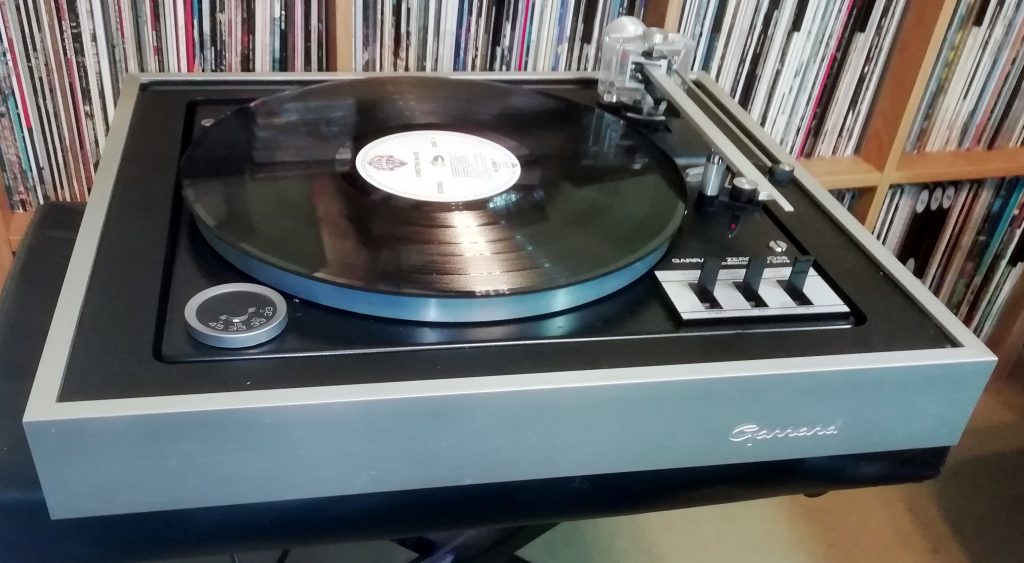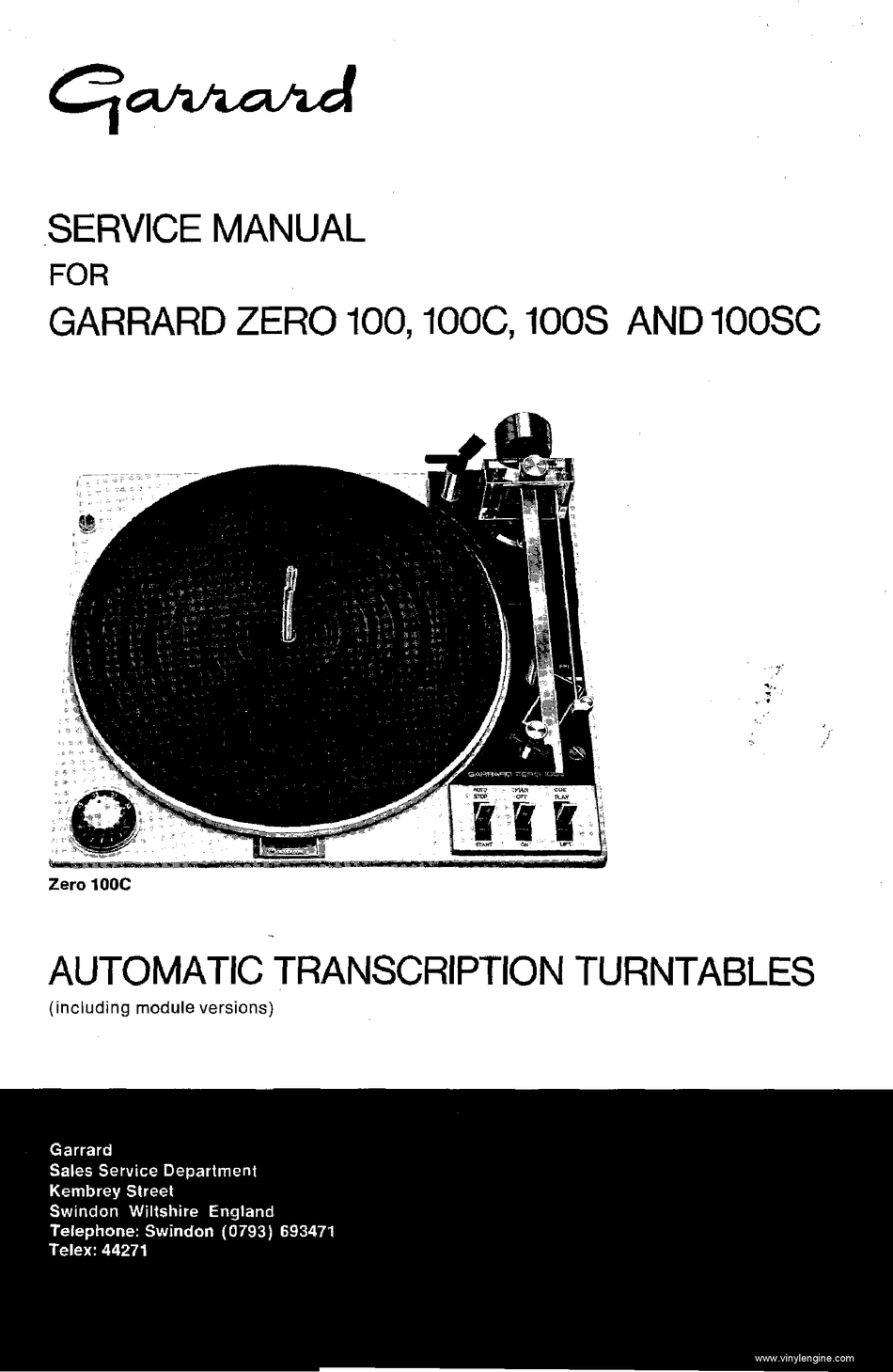
Isolated, synchronous, continuous pole typeġ2" diameter, non-magnetic, dynamically balanced To give an idea of the performance of a good turntable of thisĪrea, here are the specifications for the Dual 1219, which are representative: These Duals were well made and highly reliable many are still in Dual turntables came with relatively low mass tonearms, especially the Model 1019 and its successor the Model 1219. The top of the line Dual turntables of this period were the All of these cartridges were moving magnet types, except for the moving coil Ortofon. Of cartridges made by Elac (they invented the moving magnet cartridge), Shure, Empire, Pickering, Stanton, Ortofon, Grado, Audio Technica, Signet, B&OĪnd others. Standard ½" mount cartridges and most users chose from a large selection The cartridge heads of both brands accepted Upper-middle category stereo systems, while Garrard dominated in most low to Dual was probably the most common turntable found in Most of the Dual and Garrard models used an idler Used in single play/semi-automatic mode with automated tonearm lift/return at the end of the The upper models of both the Garrard and Dual lines were typically Both brands used radial (pivoted) tonearms and had record changerĬapability. Probably the most ubiquitous turntable brands found inĬomponent music systems of the late 1960's and early 1970's were Garrard (UK) and Dual

Surprising comeback in the decade after their nadir at the dawn of the 21st Century. Both turntables and LP records have made a Today, with vinyl records a niche audiophile market, thereĪre relatively few turntables, but practically all of them are Hopefully I won’t discover any more problems.B&O Beogram 3404 illustration from period advertisement.īetween roughly 19 there were lots of turntables, LP recordsīeing the primary program source, but relatively few audiophile/professional All that remains now is to re assemble the whole turntable, test and adjust. The motor runs smooth, powerful and at speed again. Two bolts hold it all together and re assembly in the Zero 100SB turntable was a couple of minutes work. The top and bottom bearings were lubricated with light motor oil, which is able to handle the relatively high temperature that this sort of motor runs at. On the second attempt I had a neatly assembled and balanced rotor. The magnet snapped off, so that had to be cleaned up and glued back on as well. If only it was that easy! First attempt I missed, so I had to remove the disc again with brute force. I marked the outside of the parts with a sharp scribe, as can be just seen in this picture, so I could superglue them back together in alignment. Care is needed to get the ring back in the correct orientation to ensure balance is restored. The clue here was observance of the pattern left by the broken glue and using this to establish the correct position. The fix was to dis assemble the rotor, clean it up and put it all back together. This having come adrift explains why the thing is running rather rough. Much like the wheels of a car are balanced when you have the tyres changed. During manufacture holes are drilled in this and the base ring of the rotor so that it runs without shaking. It’s main purpose is to provide a means of balancing the motor mechanically. This magnet is the “synchronous” part of the motor. However, above that on the shaft is a grey disk. On the left we see the usual squirrel cage rotor associated with induction motors. They also accommodate 110V by connecting in parallel or 220V if in series. The dual coils make for a 4 pole rather than 2 pole motor for smoother running. Looking at the stator we see a pretty standard shaded pole induction motor. I’ve never seen a motor that claims to do both. From my university studies of Electrical Engineering I know how induction motors work, and I know how synchronous motors work. Just 2 bolts held the whole motor together. It’s held in place by just 3 cir-clips and connected by three wires. Not a great look for a precision record player. After the accident the motor wobbled, made a horrible scraping noise and ran slow and hot. Plenty of torque available to turn the rather hefty 2.3 Kg platter of the Garrard Zero 100SB turntable from which it came. Prior to the accident this motor ran beautifully. Weighing in at 3/4 of a kilo it fell hard. Hopefully I can fix it.

Garrard Synchro-lab motorĪn unfortunate moment of butter fingers led to the demise of this one when I dropped the turntable it was inside. By combining induction techniques for torque and synchronous operation for speed precision, Garrard produced a motor which was revolutionary for its time.


 0 kommentar(er)
0 kommentar(er)
